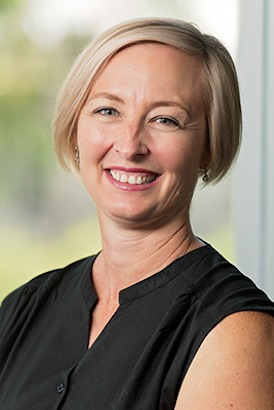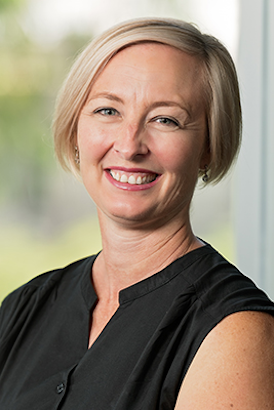Better preparation for water security

Climate change is altering not just the environment, but the speed at which water utility providers need to respond to and prepare for it in order to achieve long term water security.
Last year’s destructive and devastating double whammy of fires followed by floods pushed many water systems to their limit, triggering emergency responses and a test of both interim and long-term plans.
On Kangaroo Island, these significant climate events coincided with assessments and planning SA Water was doing to deliver water security.
“Kangaroo Island is a system that’s under significant climate change stress which has accelerated faster than our original long-term plans. We were exploring new methods to assess that risk and the impact of climate change on that system,” said Dr Michelle Irvine, Manager Water Security Planning at SA Water. “While we were doing that work the system experienced the additional stressors.”
Experiencing the challenges brought by those emergency events, while attempting to determine the extent of how much the climate had changed, underscored the need for a deeper understanding of the impact of climate change and a rapid acceleration of the island’s long term water security plan.
That meant executing emergency response and interim plans.
“We were able to secure supply by installing a temporary chlorinator and temporary generators,” said Irvine of the response when the fire came through the system.
“We also already had treated water in header tanks, and then we were able to move water over from the mainland.”
Enlisting new tools
To better measure, forecast and assess changes in the Kangaroo Island climate, SA Water adopted a new measurement tool called CRAFT (Climate Resilience Analysis Framework and Tools) developed by researchers at the University of Adelaide.
“CRAFT works through a matrix of change,” explained Irvine. “You’re able to grid out the results so you can set any future.”
This is in contrast to traditionally linear forecasts. In more traditional models, a speculative future would be modelled — “You might say we think rainfall is going to change by this much and evaporation by this much,” Irvine said.
In a model showing a matrix of changes, however, results from changes measured on a continuum can be gridded out.
“If the rainfall [and evaporation transpiration] were to change on a continuum, we can measure how much rainfall has changed and evaporation, and then see where we are on that matrix, so it's kind of forecasting all futures at once almost,” Irvine said.
Bringing plans forward
While SA Water had already determined Kangaroo Island was high risk, CRAFT revealed to SA Water that the island’s climate had also already changed substantially, making construction of a desalination plant — the long-term water security plan — more pressing than ever before.
“In doing that work, it revealed that the climate has changed so we had to bring forward our long-term plan,” said Irvine. “Construction has been brought forward to now so it'll be constructed in the next four year period.”
The cost of the emergency and interim responses — chlorinated water, water in tanks, water transported from the mainland — also added to the urgency of accelerating delivery of the desalination plant.
And while the risk to water security remains — “Kangaroo Island is probably one of the most climate dependent systems we've got,” Irvine said — the timeline of the desalination plant, which was initially planned to be built in four to eight years, has been halved as a result of improved forecasting and assessment.
“Knowing what your long-term plan is one thing, but knowing when the best time is to spend that money is really what climate change futures is about,” Irvine said.
Hear more from Dr Michelle Irvine on Day 1 of Ozwater’21 in her presentation ‘Emergency, interim and long-term responses to ensure water security for Kangaroo Island’. The event is the largest water conference in the Southern Hemisphere and will be held in Adelaide and online from 4-6 May 2021. Click here to register.

